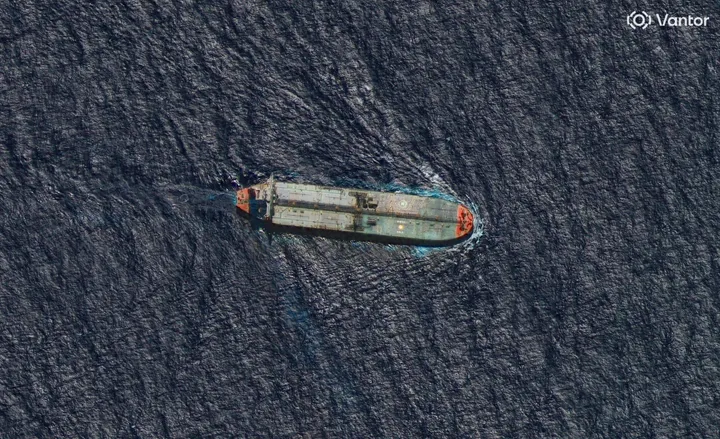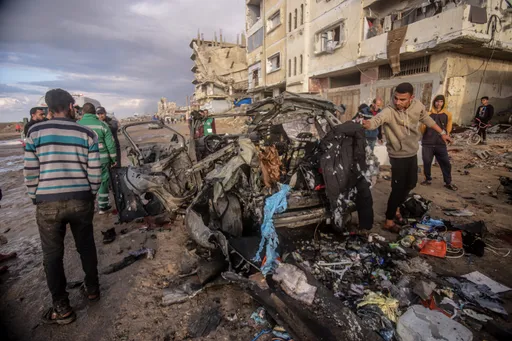A disaster-weary globe will be hit harder in the coming years by even more catastrophes colliding in an interconnected world, says the United Nations.
If current trends continue the world will go from around 400 disasters per year in 2015 to an onslaught of about 560 catastrophes a year by 2030, a report by the UN Office for Disaster Risk Reduction (UNDRR) said on Monday.
By comparison from 1970 to 2000, the world suffered just 90 to 100 medium to large scale disasters a year, the scientific report detailed.
It’s not just natural disasters amplified by climate change, it’s Covid-19, economic meltdowns and food shortages. Climate change has a huge footprint in the number of disasters, according to the report authors.
People have not grasped how much disasters already cost today, said UNDRR chief Mami Mizutori, adding that “If we don't get ahead of the curve it will reach a point where we cannot manage the consequences of disaster.”
That means society needs to rethink how it finances, handles and talks about the risk of disasters and what it values the most, the report said.
READ MORE:Heavy rains kill dozens in Ecuador, leave many desperate
Harder for poorer countries
Disasters are hitting poorer countries harder than richer ones, with recovery costs taking a bigger chunk out of the economy in nations that can’t afford it, co-author Markus Enenkel of the Harvard Humanitarian Initiative said.
“These are the events that can wipe out hard-earned development gains, leading already vulnerable communities or entire regions into a downward spiral,” he added.
Moreover, about 90 percent of the spending on disasters currently is emergency relief with only 6 percent on reconstruction and 4 percent on prevention, Mizutori said, when a lot of damage can be avoided with planning and prevention.
In 1990, disasters cost the world about $70 billion a year, Mizutori added. Now they cost more than $170 billion a year, and that’s after adjusting for inflation, according to report authors - and that does not include indirect costs.
For years disaster deaths were steadily decreasing because of better warnings and prevention, the UNDRR chief continued.
But in the last five years, disaster deaths have increased because both Covid-19 and climate change disasters have come to places that didn't use to get them, like tropical cyclones hitting Mozambique, Mizutori said.
The report calls for an overhaul in how we speak about risk. For example, instead of asking about the chances of a disaster happening this year, officials should think about the chances over a 25-year period, which makes it quite likely.
Talking a bout 100-year floods or chances of something happening a couple times in 100 years makes it seem distant, Mizutori said.
READ MORE: On verge of record drought, East Africa grapples with climate crisis
























